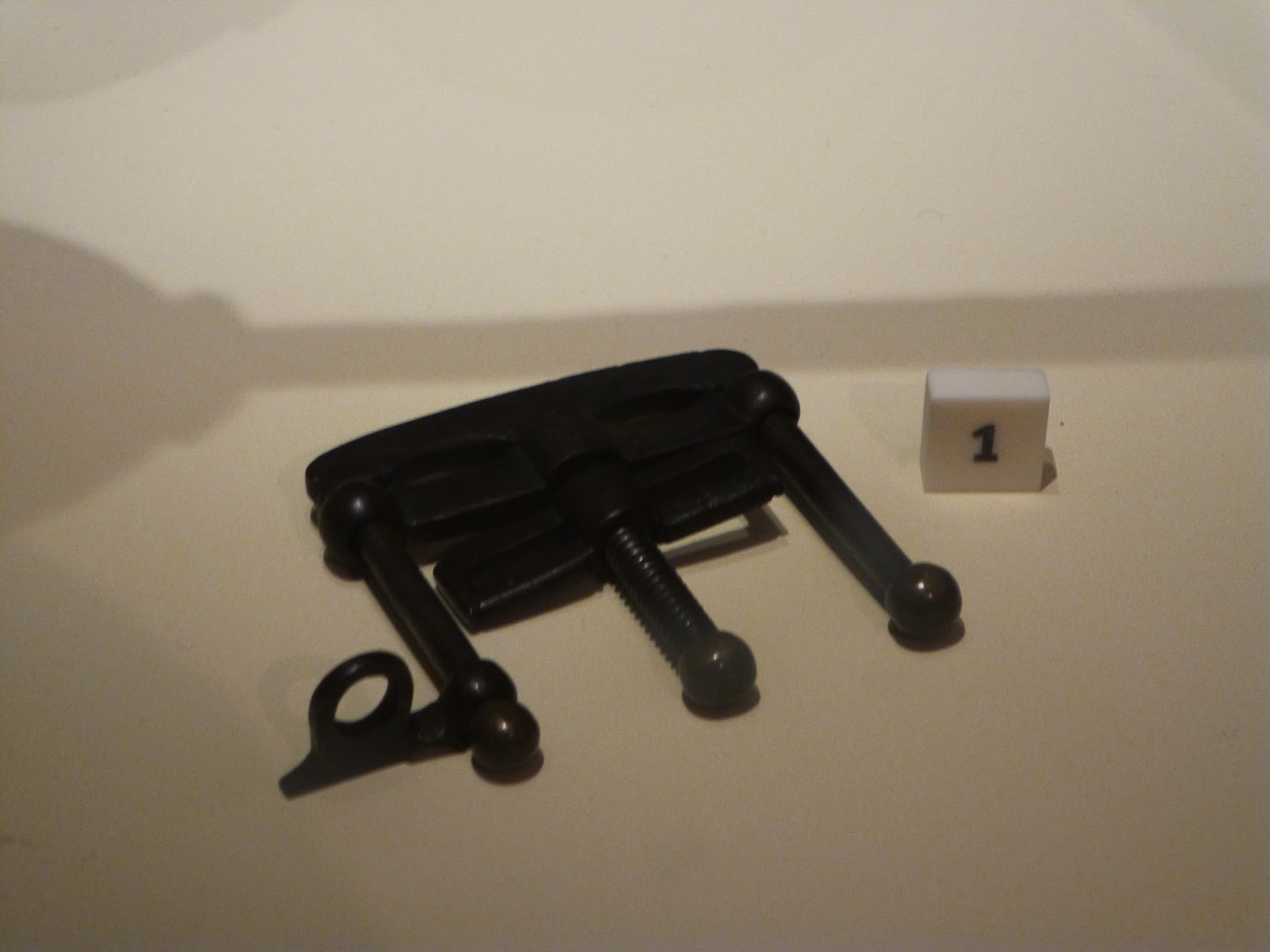 |
| A British nobleman of the 16th century. |
As we've noted before, the Brits are into their history in an engaging way. It's fascinating stuff, and complex beyond my American comprehension -- the intermarriages and international marriages, the changing loyalties, the changing royalties, their kids (and their lack of them), the national alliances and allegiances, and then add in the religious elements that came and went with great passion and violence. Nonetheless, it's fully studied, widely known and respected here. Their societies (National Trust, Scottish Trust, English Heritage, etc.) take themselves and their pact with the culture quite seriously. So we've come to accept that when it's out there, it's fully researched and authentic.
So we were both stunned to see this guy (above) standing in the fantastic Stirling Castle, with his um quite noticeable codpiece. After gawking a bit, I awkwardly asked for further explanation and got it: these were quite the style in Henry VIII's time; they were functional (slipped off for urinating), were comfortable, showed off one's manhood in a good light, and were the norm among the nobility. Coloring makes a difference, still, I don't know how I'd missed this fashion statement before -- it's not easily missed.
 |
| A more modest codpieced costume. |
Stirling Castle (Scotland) also had a Regimental Military Museum. Fantastic bagpipe music throughout, kilts, military history, great bravery detailed, with lots of medals and the stuff of regimental folks, the officers of which were typically of high birth and quite used to the finer things of life. Here are some of the accoutrements of life among these officers when not on the battlefield.
 |
| This is a snuff box on casters. It'd be wheeled around the officers dinner table after dinner. The horns were hollow to hold the snuff, spoons and rakes were stored above the horns. |
 |
These lighters would also be on the dinner table for cigar lighting.
The spheres on the front held lighter fluid and wicks. The
view is looking straight down at them. |
 |
| Snuff spoon, nose shovels and rake, with a foot to brush away any fallen powder. Handy. |
 |
| Another rams head snuff box, on casters so it could get around. |
 |
| This is a military kilt sporran made of a whole badger. The sporran is the little purse worn on the front of a guy's kilt. |

The town of Scarborough is on a promontory on the NE of England. The area's been settled since the Bronze Age, and now is the site of lovely abbey ruins that were initially ruined in the reformation, then hit in WWII; the military establishment used the area for defenses, visible behind the ruins, below.

The cemetery was fascinating, especially seeing the ravages of the airborne salt water on the soft limestone used for headstones in the 1700s. Below, the writing's been almost melted away on the one on the right; the left one in granite is fine.
 |
| Going . . . |
 |
| . . . going . . . |
 |
| . . .gone. |
Newcastle-upon-Tyne was a delight. We stayed in an airbnb room, with a family in their home, and with their cat. Below is the little lane that leads to their house. The guy, Nigel, was a brewer and knew the brews of the area, recommending a little pub that we finally found. It had not only great microbrews (best we've had since Portland), but also played vinyl on this old turntable. Great place. We didn't have Newcastle Brown there, but it was an option; it's popular there, but sales in the states are higher than here.
 |
| Pub turntable, at work. |
 |
The little lane to our Newcastle-upon-Tyne lodging and soft, sweet Buttons, below - a delight to live with a cat again for a bit.
.
|
































































